I got the Leica M-P 240 when my well loved M-E developed the inevitable M9 series sensor corrosion. Leica USA gave me the option of waiting over a year for a repair, or paying the difference and getting a brand new M-P 240 within a week. I had just spent an hour talking to the people working at Leica Store Milan and playing with one of their personal M240 Safari Edition cameras. I’d like to say that the improved dynamic range, more responsive body, better screen, or improved scratch resistance were what swayed me. I, of course, cannot say that. It was the shutter sound that convinced me. The M-E had a loud recock noise whenever you took a picture. It was bad enough that they offered a mode where it wouldn’t perform the recock until you released your finger from the button so that you could take photos more stealthily. I loved the camera, and hated the noise.
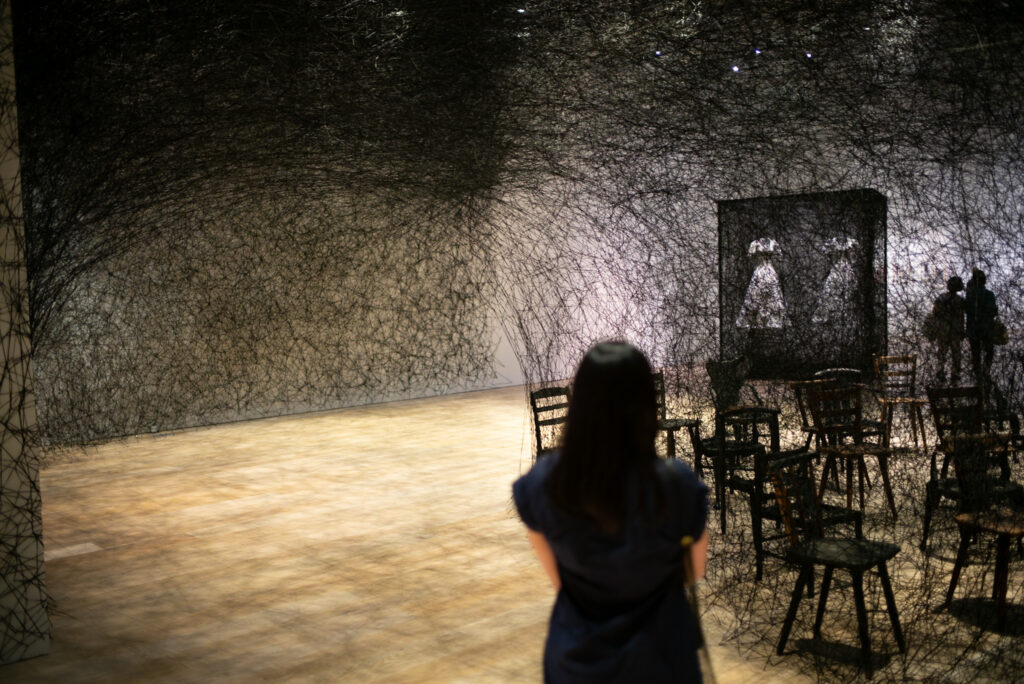
The M240 is an old camera now (in 2023) but so are pretty much all my cameras. It’s still exactly as good of a camera as it was when I got it, though. It’s dynamic range wasn’t very good even for the era (my 5d3 easily out performs it), but when paired with a wide lens and a willingness to work in post, I’ve been happy with the camera even working after dark.
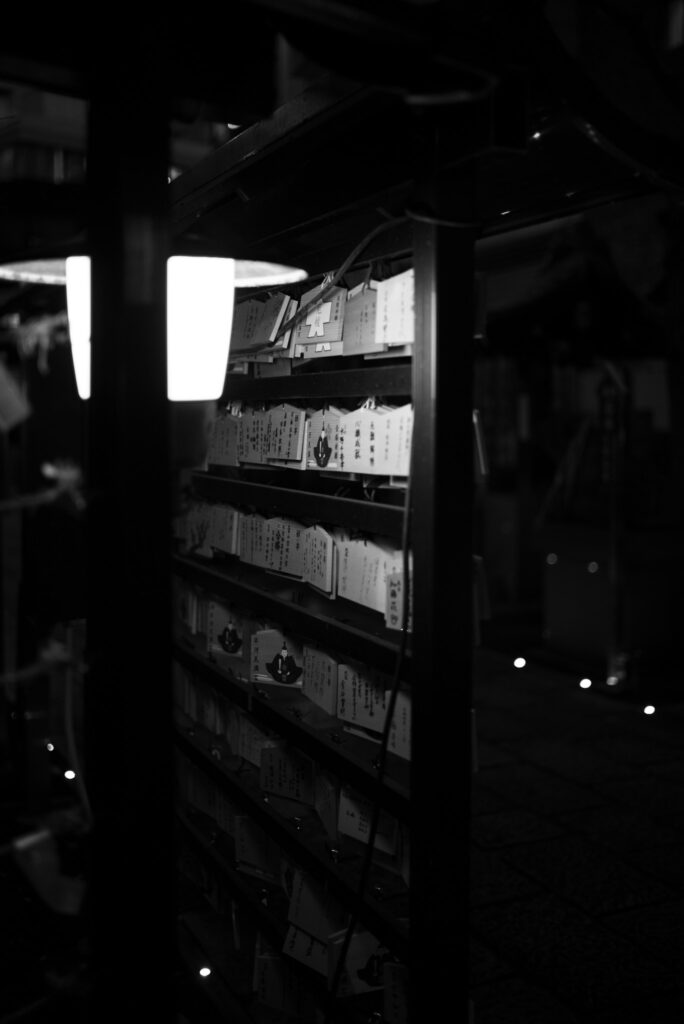
It’s impossible to talk about the M240 (and the M9 and M8 before it) without mentioning that the body is slightly thicker than the M6 / M10 / M11. It’s only a few millimeters, but in the hand it’s surprisingly noticeable. It makes the camera just that little bit more awkward to hold. I’ve always thought the M series cameras were a little weird to hold anyway, though, so it’s only a tiny ding against it.
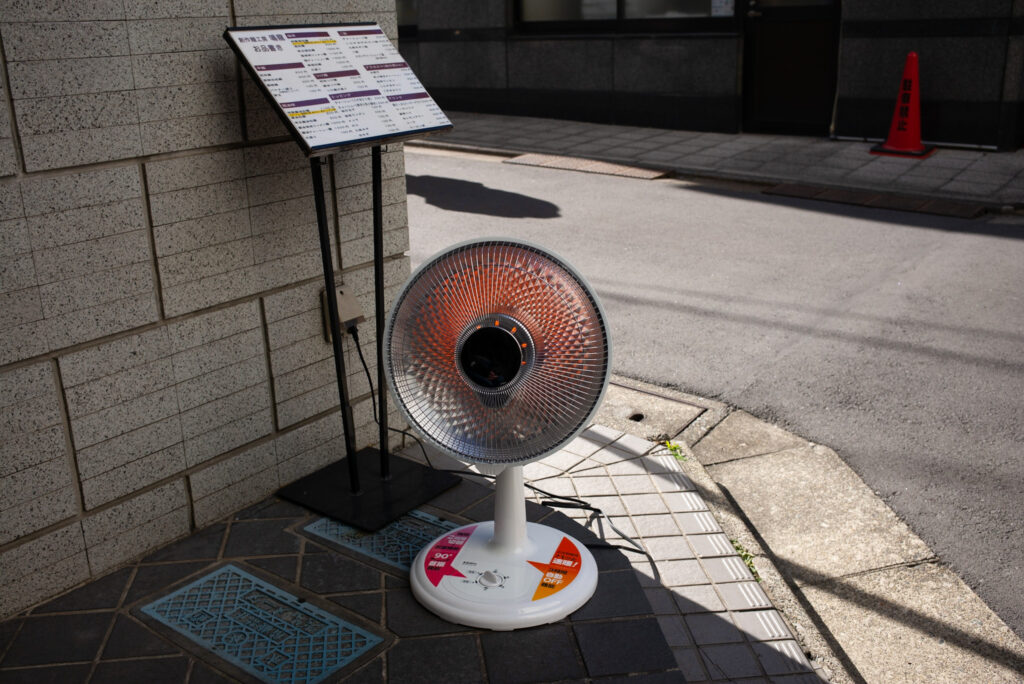
Before I got the Ricoh GRiiix the M240 was my primary travel camera. I don’t like traveling with too many cameras or lenses, so the 35mm Summilux FLE basically lives on the camera. I find 35mm and 40mm to be about the sweet spot for general travel use for me. Generally wide enough that you can get what you want in most environments, but long enough that you aren’t wondering where the subjects vanished to in the frame.
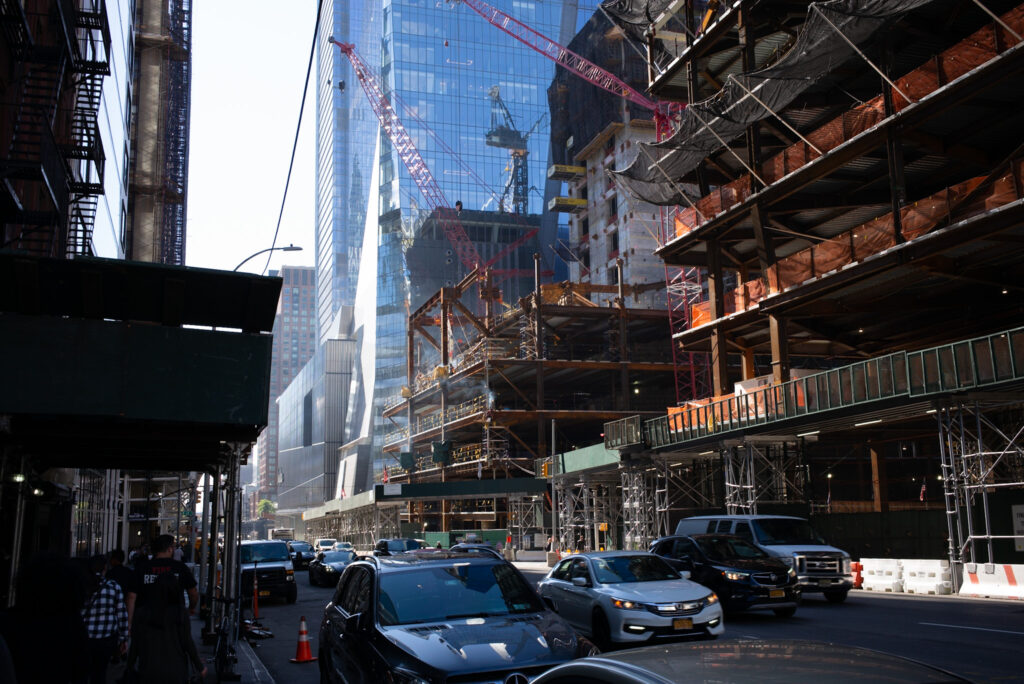
Well, maybe that’s a little bit of a lie. We all travel with an extra lens these days: the amazing little camera every cellphone now includes. Prior to using a cellphone camera extensively I had never had much real experience with 28mm or wider lenses, and at first I was entirely lost with how to use the focal length. That has changed now, after years of using it daily to capture the detritus of life. I no longer struggle to use wide lenses, something which seriously pushed me to consider moving to a 28mm on the M240, and getting the GRiii instead of the iiix variant. In the end, though, I will always have my phone, and so I will always have a wide lens if I need it.
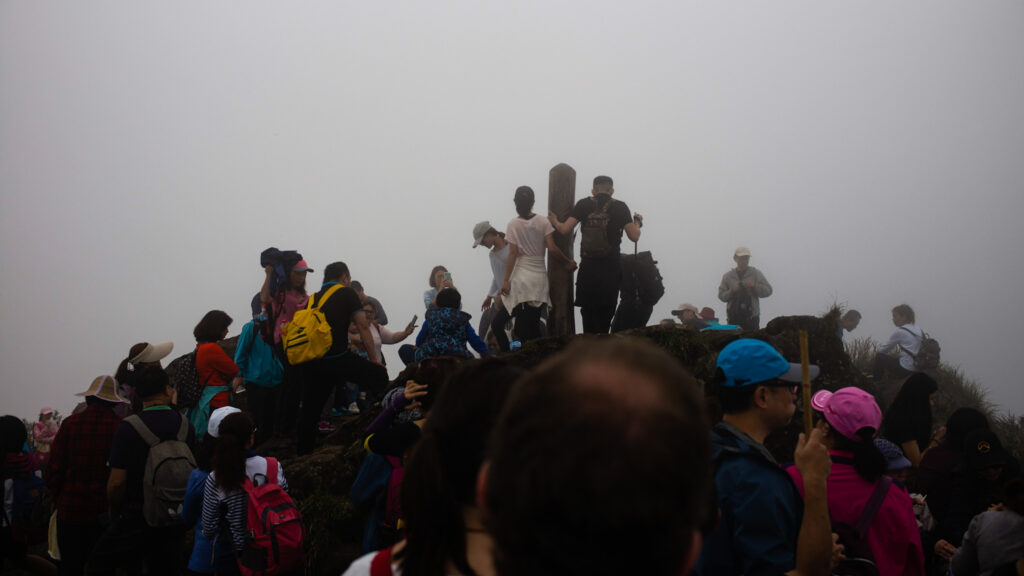
There are a few gripes with the camera. The biggest of them is the startup time from sleep. The M240 offers a power saving mode where, after a programmable period of time, it will go to sleep. This is perfect if you are walking around for a day and don’t want to worry if the camera is off when you aren’t using it. In theory, the startup from this mode is supposed to be almost instantaneous. In fact, that’s what I expected from my experience with the 5d3, which can sleep for weeks and wake up with a half press, always ready to take a shot by the time you are.
The M240 is not so nimble. I believe the time is closer to three seconds from shutter half press to camera ready. That’s long enough that you have to account for it. Many people say, “oh, just remember to half press the shutter as you raise the camera.” That might work if the camera were light enough to be carried in ones hand at all times. Maybe it is for some people, but this is a crossbody camera for me. In theory it all should work, in practice I have a lot of photographs of the moment after the one I wanted.
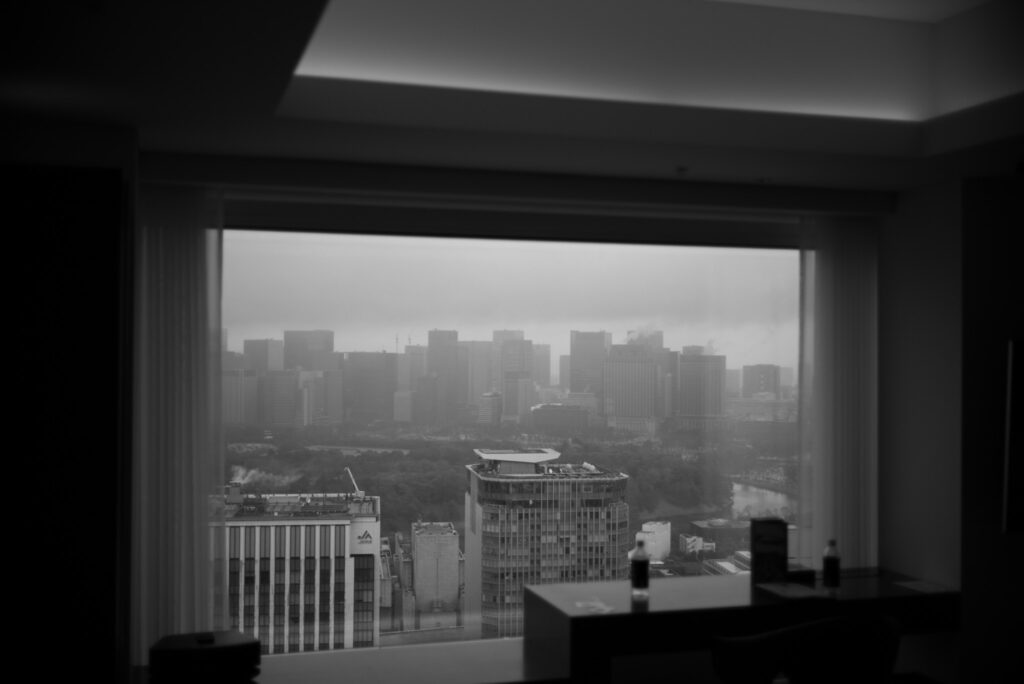
The M240 is not weather sealed. That hasn’t stopped me from using it in light drizzle, but there are plenty of situations where I would leave it at home rather than risk it in a rainstorm. Do some people use them in wet conditions? Yes, but I’m not one of them. This is a gripe I have the the Ricoh, as well.
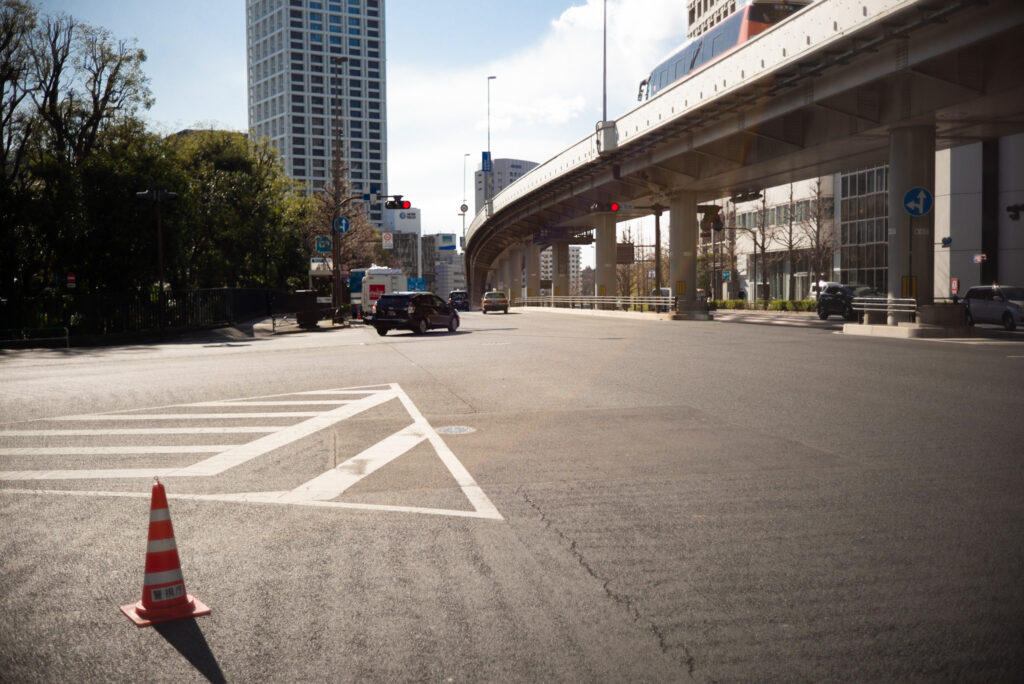
That’s it for complaints, though. The camera is a delight to use for anyone who grew up with film. It meters and exposes much as a fat M6 loaded with slide film. Since I really like shooting slide film (should I change that to liked since I do not want to pay for film much anymore? For the first time in many trips I returned from Japan this year without a single new roll of film). I do have to note, though, that the auto white balance is terrible. Not “charmingly off” or “quirky” just bad. Expect to have to color correct in post, and if you want to use JPGs plan to set the white balance manually.
For anyone thinking about trying an M240, I say go for it. It’s an old camera though, so go into it knowing that the dynamic range, shadow recovery, and general behavior of the camera is not going to feel modern. If you can get over those things, it’s a fun one to use.
My one warning here, though, is that it’s a Leica and people love to pay too much. Don’t overpay for this camera hoping is magical. It’s not, it’s just an old camera with some nice user interface thoughtfulness. Buy a lens instead, probably!

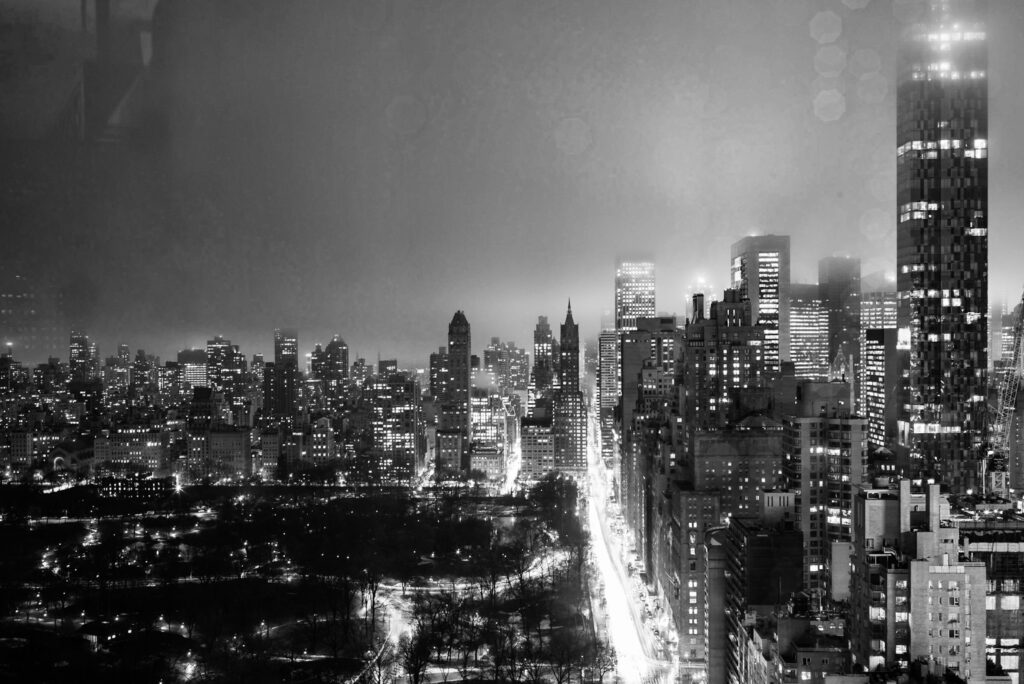
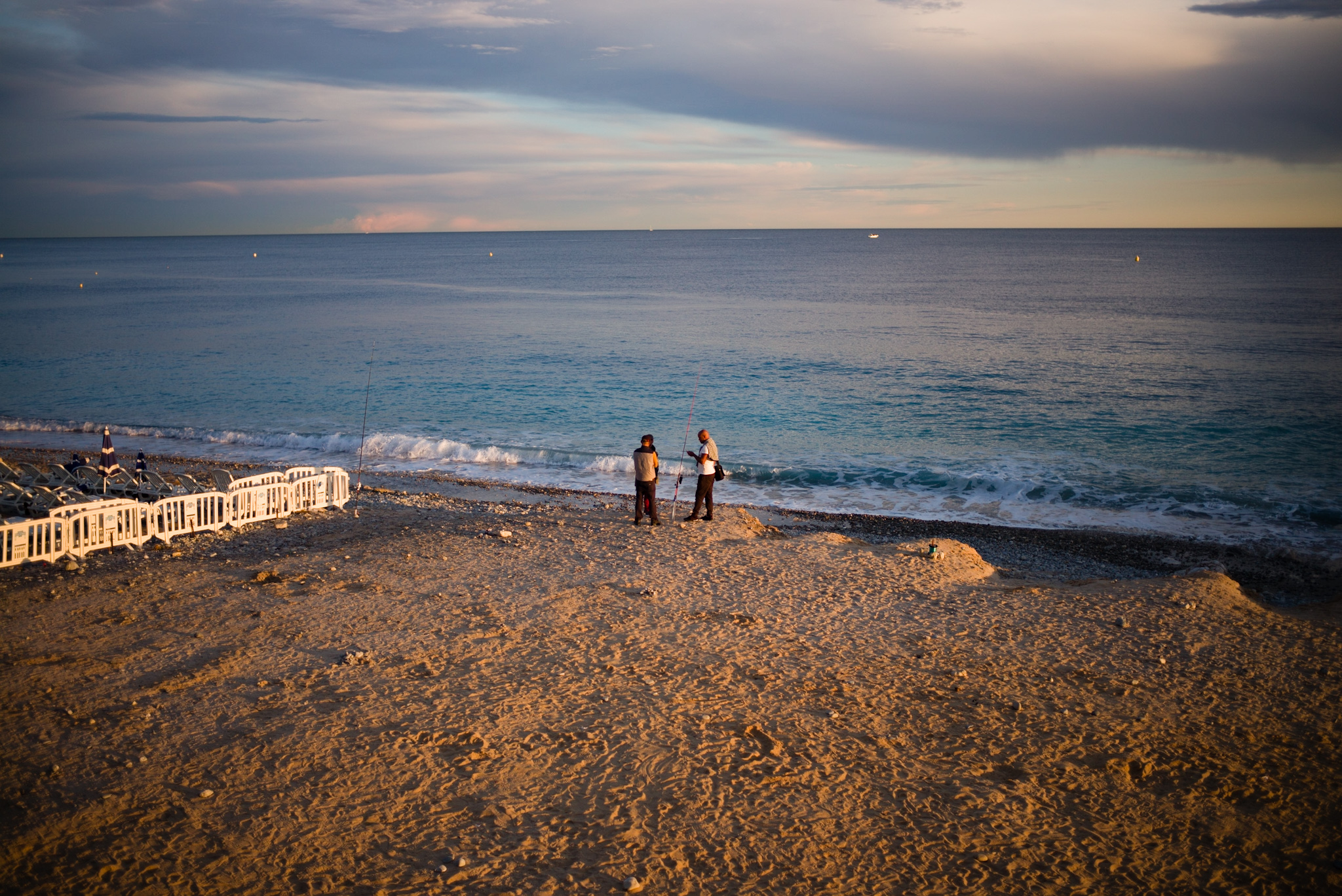
Leave a Reply